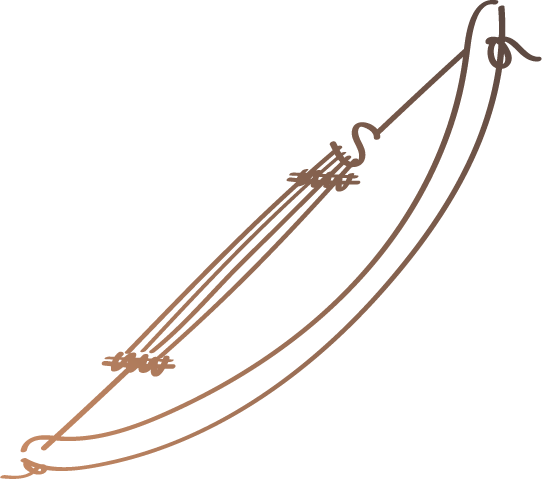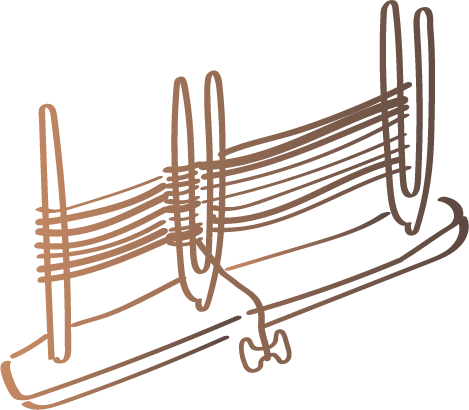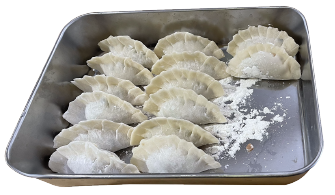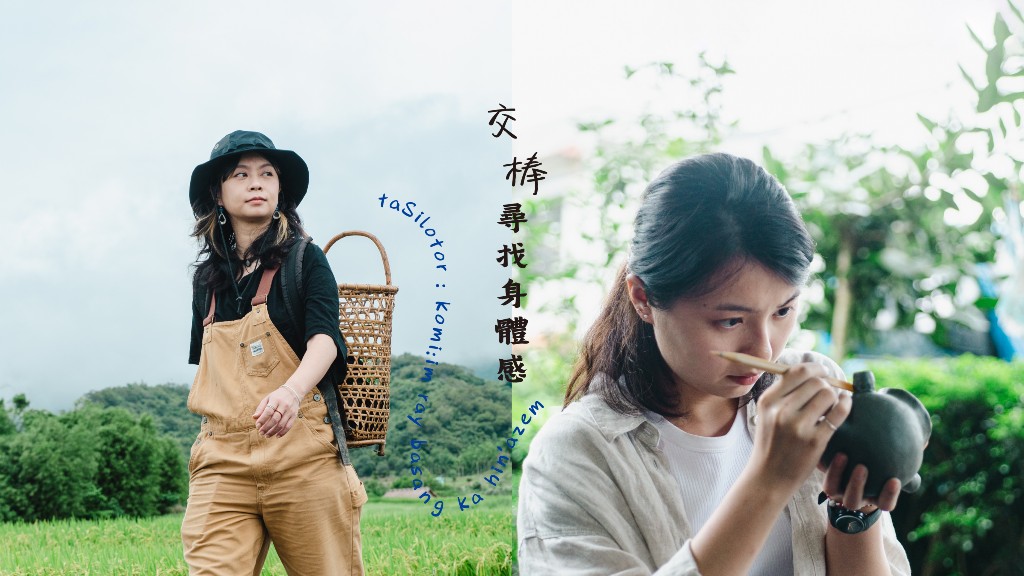Have you heard of Atayal family houses before?

When I was studying literature, I learned, from an academic perspective, that an Atayal family house is an important space where people live and shape their character and personality. It is not simply just "a house", but a place where people interact and build a sense of belonging together.
When I went into the Atayal family house this morning, the first thing I noticed was there are no tables, which is very unlike my home. I also saw a fireplace. I've never thought that you could have an open fireplace inside your house, especially since I live in the city. This started to make me think about the place I would be living in when I decide to live in the mountains later. Furthermore, I didn't have any concrete notion of an Atayal family house before coming here. I had no idea what was the core concept that made a family and what exactly brought everyone together. After today's course, I realize that weaving is a very important element and is also the part that touched me the most.

Which part of the weaving class touched you the most?

When Atayal women weave together, it is not just an action of weaving, but a means to bring the entire people together. At first glance, the weaving women are just gossiping and chatting together; but in reality, every woman has their own set of tools and different regions have their distinctive patterns. These seem to be the nuances that announce "this is my family", "this is my clan", or "this is us, the Atayal". It is an important factor in building a sense of belonging in an Atayal home.
I also saw community members weaving at Bulaubulau Community. Some Atayal women were seated on the ground using a weaving tool that looks very different from the weaving box I saw today. It had a lot of strings on top of it, which reminded me of rice noodles being put out to dry under the sun. They placed the yarn on a very long machine and the women did the weaving on top of the machine. Although I had seen this before, I didn't realize weaving meant so much to the people.

Did weaving spark any thoughts in your head?

I did have this discussion with a foreign friend: he couldn't understand why when Taiwanese people hang out, they always go out to eat? When I hang out with my friends, we don't really have anything special to do. Unlike the Atayal who gather around to weave, we build our connections when we eat and chat. I'm not suggesting that one of them is better than the other, it's just a pity that Non-Indigenous people don't have a common activity that generates a sense of pride and honor, like the weaving the Atayal people do together. I can't think of a Non-Indigenous activity that is similar to the Atayal's weaving.
I'm a family-oriented Cancer and I have a strong emotional bond and sense of belonging with my family. Sometimes I struggle to find a way to enhance that sense of belonging. Moreover, I am a teacher and part of my job is to encourage my students to build team spirit and feel proud of their class; but children nowadays consider themselves each an individual, and thus it is challenging to let them understand this concept. So today I was thinking maybe this can be a way to teach my students: by telling them we will work on something together. But I don't have a concrete plan yet.
Any comments about the weaving? Were there any difficulties?

Weaving was what I looked forward to the most during these three days because I'm quite handy with handicrafts and am very interested in them. I've always loved drawing and making things with my hands. My church bought some embroidery sets, they weren't serious about it, but I was. I wanted to make an awesome owl. So when I saw the course list, I wanted to challenge weaving.
 What surprised me today was that I had to make my own tool before I start weaving. Since the men make the weaving tools for the women, the ladies can directly start their weaving; but for the men, even if we only want to weave a small piece of cloth, we have to spend a lot of time making the tool before the actual weaving: cutting bamboo into the shape you want, assemble them, and setting out the yarns. Cutting the bamboo to make the tool is the most difficult part because usually the elders won't just pass you a knife and ask you to make a pair of chopsticks. That doesn't happen in my daily life. Today I realized that cutting bamboo is completely different from sharpening a pencil: it requires more strength and a certain angle, or the whole thing would be slanted or you can't cut anything at all.
What surprised me today was that I had to make my own tool before I start weaving. Since the men make the weaving tools for the women, the ladies can directly start their weaving; but for the men, even if we only want to weave a small piece of cloth, we have to spend a lot of time making the tool before the actual weaving: cutting bamboo into the shape you want, assemble them, and setting out the yarns. Cutting the bamboo to make the tool is the most difficult part because usually the elders won't just pass you a knife and ask you to make a pair of chopsticks. That doesn't happen in my daily life. Today I realized that cutting bamboo is completely different from sharpening a pencil: it requires more strength and a certain angle, or the whole thing would be slanted or you can't cut anything at all.
What did you learn from this experience?
 The actual skills aside, I learned a lot about their lifestyles and I'm thinking how I can incorporate that into my own life. For example, in weaving there are different patterns for men and women, and this is very different from the modern gender equality concept that there shouldn't be anything that "a man can do but women can't" or vice versa. This seems to be a custom in traditional culture. But like today, you said you admire my weaving and I look at the women's tools and think it's very complicated and you are amazing. Because we have different tools and customs to follow, we learn how to admire and respect each other. Maybe this is the way our wise ancestors maintained harmony within the household?
The actual skills aside, I learned a lot about their lifestyles and I'm thinking how I can incorporate that into my own life. For example, in weaving there are different patterns for men and women, and this is very different from the modern gender equality concept that there shouldn't be anything that "a man can do but women can't" or vice versa. This seems to be a custom in traditional culture. But like today, you said you admire my weaving and I look at the women's tools and think it's very complicated and you are amazing. Because we have different tools and customs to follow, we learn how to admire and respect each other. Maybe this is the way our wise ancestors maintained harmony within the household?






